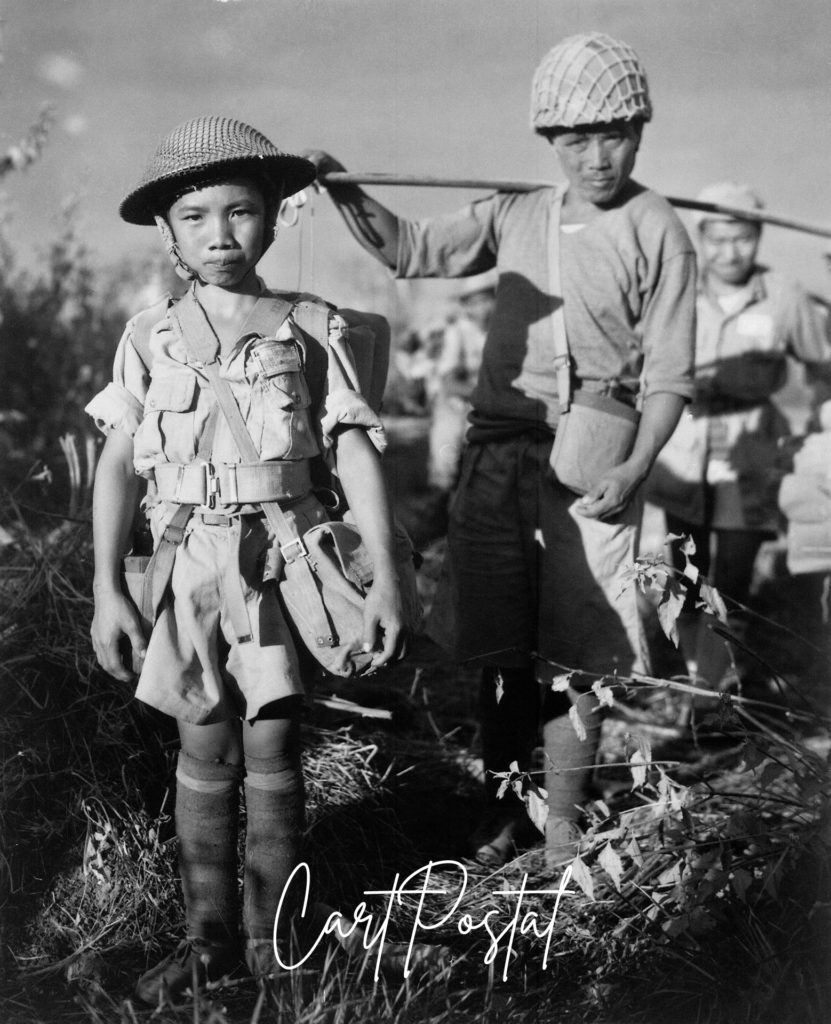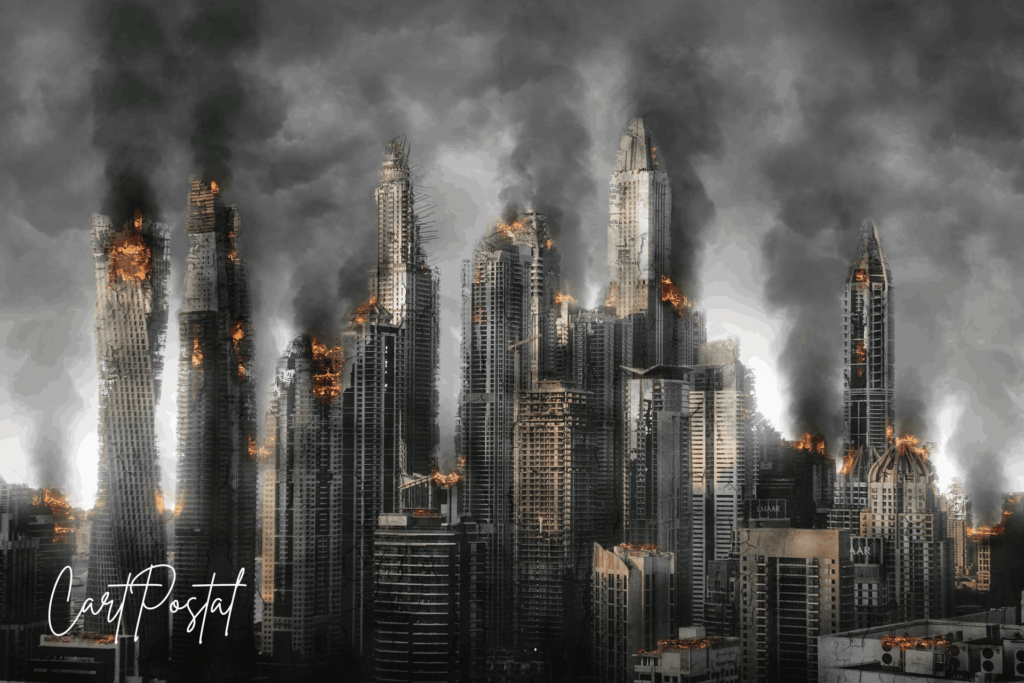What Countries Could Be Involved in World War 3? A Geopolitical Analysis
World War 3 is a concept that has fascinated and terrified people for decades. While no one can predict the future with certainty, ongoing global tensions make it important to consider which countries might be involved in a large-scale conflict. This analysis takes a speculative look at potential global players, rising geopolitical tensions, and the alliances that could shape the next world war.
1. Rising Global Tensions: An Overview
In recent years, global tensions have been on the rise due to a variety of factors. Economic rivalries, political disputes, and territorial claims have led to strained relationships between several nations. Issues such as military build-ups, nuclear proliferation, and nationalist policies have created an environment where conflicts could easily escalate into larger wars.
Countries with significant military power and regional influence are more likely to play a key role in any future global conflict. The involvement of multiple nations, especially those with advanced weapons and defense capabilities, could quickly turn a regional skirmish into a global crisis.

2. Major Powers: The Likely Contenders
United States
As the world’s foremost military and economic superpower, the United States would almost certainly be involved in any large-scale conflict. The U.S. maintains a global presence, with military bases in numerous countries and defense commitments through alliances like NATO. Ongoing tensions with nations like China, Russia, and North Korea suggest that the U.S. would be drawn into any potential conflict involving these countries.
Russia
Russia, with its significant military power and growing influence in Eastern Europe and the Middle East, is another key player. Its annexation of Crimea in 2014 and ongoing involvement in the Ukraine conflict have put it at odds with NATO and the West. Russia’s close ties with countries like Iran and its influence in the Syrian conflict further position it as a central actor in potential global tensions.
China
China has emerged as a major global power, both economically and militarily. Its growing assertiveness in the South China Sea, territorial disputes with neighbors like India, and ambitions to reunify with Taiwan have led to rising tensions with the U.S. and its allies. China’s expansionist policies and military modernization make it a likely contender in any future global conflict.
European Union/NATO
The European Union, through NATO, plays a key role in maintaining collective defense in Europe. NATO’s commitment to mutual defense means that an attack on one member nation could draw all members into a conflict. Given ongoing tensions with Russia over Eastern Europe, NATO could be involved in a large-scale war, particularly in response to Russian aggression in places like Ukraine or the Baltic states.
3. Regional Powers That Could Be Drawn In
India and Pakistan
India and Pakistan have a long history of conflict, particularly over the disputed region of Kashmir. Both nations possess nuclear weapons, and any escalation in their ongoing border tensions could have catastrophic consequences. India’s growing influence in Asia and its strategic rivalry with China also make it a potential player in a larger global conflict.
North Korea and South Korea
The Korean Peninsula remains one of the most volatile regions in the world. North Korea’s nuclear ambitions and unpredictable leadership have kept tensions high with both South Korea and the U.S. Any conflict in this region could quickly draw in neighboring powers like China and Japan, as well as the U.S., which has defense obligations to South Korea.
Iran
Iran’s influence in the Middle East, particularly its involvement in proxy conflicts in countries like Syria and Yemen, has put it at odds with Western powers and regional rivals like Saudi Arabia and Israel. Ongoing tensions with the U.S. and its nuclear ambitions could lead to a broader conflict, especially in the already volatile Middle East.
Israel
Israel is another key player in the Middle East and has been involved in numerous regional conflicts. Its ongoing tensions with Iran, as well as disputes with Palestinian territories, could lead to wider regional involvement in a potential global conflict. Israel’s close ties with the U.S. would likely draw it into any conflict involving American interests in the region.
Turkey
Turkey’s strategic location between Europe and the Middle East, combined with its role in NATO, makes it a critical player in any regional conflict. Turkey has been involved in conflicts in Syria and Libya and has complex relationships with both the EU and Russia. Its involvement in regional disputes could escalate into broader conflicts.

4. Alliances and Treaties: Potential Global Involvement
NATO (North Atlantic Treaty Organization)
NATO remains one of the most powerful military alliances in the world. Its commitment to mutual defense means that an attack on any member state, such as one in Eastern Europe, could quickly involve all member nations. This collective defense strategy could pull the U.S., European nations, and Canada into a larger conflict.
BRICS (Brazil, Russia, India, China, South Africa)
BRICS is an alliance of emerging economies that includes some of the most populous nations in the world. While it’s primarily focused on economic cooperation, the alignment of these countries could play a role in future geopolitical conflicts. Russia, India, and China’s participation in BRICS makes it a significant player in any potential global conflict.
ASEAN (Association of Southeast Asian Nations)
Southeast Asia could become a flashpoint in a future conflict, particularly due to tensions in the South China Sea. ASEAN nations like Vietnam, the Philippines, and Malaysia are directly involved in territorial disputes with China, which could draw them into larger conflicts, especially with U.S. backing.
Middle Eastern Alliances
Ongoing conflicts between Sunni and Shia powers, particularly between Saudi Arabia and Iran, have destabilized the Middle East. Saudi Arabia’s alliances with Western powers and Iran’s influence over proxy groups like Hezbollah could turn regional conflicts into a wider war.
5. Potential Flashpoints Around the World
Several regions are already experiencing tensions that could spark a larger global conflict:
- Taiwan and China: China’s increasing pressure on Taiwan and the possibility of U.S. intervention could lead to a major conflict in Asia.
- Ukraine and Eastern Europe: Russian aggression in Ukraine and the potential for NATO involvement continue to raise concerns about a broader conflict in Eastern Europe.
- Middle East: Ongoing proxy wars in Syria, Yemen, and tensions between Israel and Iran remain potential flashpoints.
- Arctic: Competition over resources in the Arctic could lead to confrontations between Russia, the U.S., and other nations with territorial claims.

6. The Role of Non-State Actors
Non-state actors like terrorist organizations, cyber warfare groups, and militias could further complicate global conflicts. Groups like ISIS, Al-Qaeda, and cyber-terrorists have the ability to destabilize nations and escalate tensions. Cyber warfare, in particular, has the potential to disrupt infrastructure and cause widespread chaos, becoming a major element of future wars.
7. Economic and Cyber Warfare: The New Battlegrounds
In addition to traditional military conflict, economic and cyber warfare could be key elements of World War 3. Trade wars, economic sanctions, and competition for resources could lead to global instability. Cyber warfare, with its ability to target government systems, infrastructure, and financial institutions, would likely be a significant aspect of any future conflict.
8. The Importance of Diplomacy and Conflict Prevention
Despite these rising tensions, diplomacy and international cooperation remain the best tools for preventing World War 3. International organizations like the United Nations, as well as treaties and agreements, play crucial roles in conflict resolution. The hope is that diplomacy can help de-escalate tensions and prevent global conflict.
Conclusion
While World War 3 remains a hypothetical scenario, several global powers could be drawn into a future conflict due to rising tensions and geopolitical disputes. Nations like the U.S., Russia, China, and regional powers such as India, Pakistan, and Iran could play major roles in any future war. However, through diplomacy, alliances, and international cooperation, there is still hope that large-scale conflict can be avoided.


